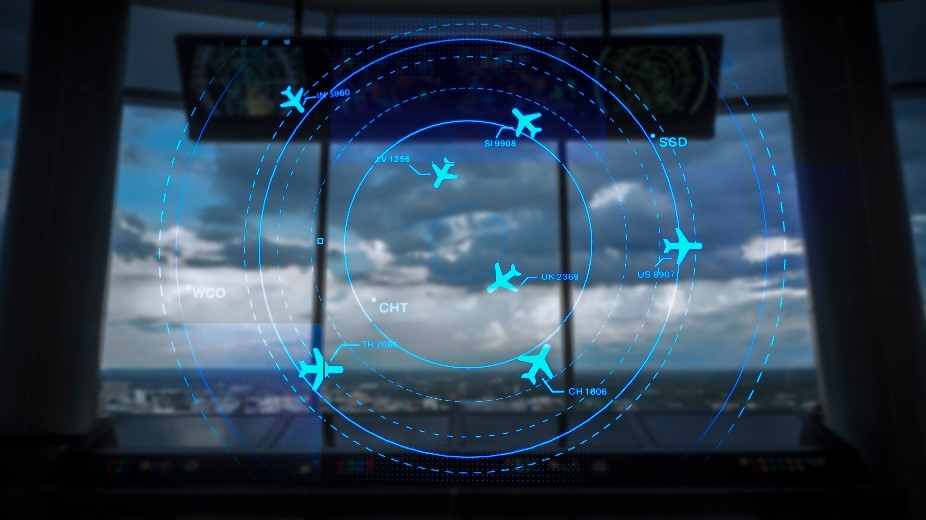HIGH ACCURACY SURVEILLANCE FREES UP CAPACITY ON APPROACH
Airport arrivals and departures are among the most safety-critical phases of flight. They also provide an opportunity to raise capacity by reducing the minimum separation distance between aircraft provided required surveillance performance (RSP) is in place. Minimum separation or spacing requirements between two aircraft on final approach to the same runway also takes into account runway occupancy time and wake separation constraints.
SESAR has demonstrated that a minimum radar separation of 2 nautical miles (NM) on final approach is feasible (compared with 2.5 NM or 3 NM standard operations) through a series of fast-time and real-time simulations. The activity was complemented by additional safety and human performance assessment studies, along with performance assessment of surveillance services and a collision risk modelling study specifically for 2NM a minimum radar separation.
The reduction of the in-trail minimum radar separation from 2.5 NM to 2 NM on final approach was found to be operationally feasible with no negative impact on safety or human performance. The benefits in terms of runway throughput, rate of go-arounds and fuel efficiency are dependent on the wind conditions and separation scheme applied.
When combined with the SESAR optimised runway delivery (ORD) tool (see solution PJ.02-01-01), controllers can assess all applicable constraints including wake separation minimum, runway occupancy time constraints, and minimum radar separation to estimate a final target distance and mitigate against separation infringements. The validation activities for the operational use of the 2 NM minimum radar separation addressed both with-ORD and without-ORD cases. However, the cost benefit analysis and performance assessments focused on the ‘with-ORD’ case only.
The solution targets very large, large and medium airports that are capacity constrained during peak hours and where the runway throughput is impacted by moderate, strong and very strong wind conditions on the straight-in approach track resulting in the build-up of arrival delays and the potential need for flight cancellations. It requires approval by the local safety regulator to take account of local ATC approach procedures and associated tool support.
The solution is available for industrialisation.
BENEFITS
Capacity increase as a result of reduced separation minima
Additional resilience during peak traffic periods
More efficient runway operations
DATAPACK
PJ02_03_Contextual Note
PJ02-03 TS-IRS 01.00.00 (2)
PJ02-03 CBA 01.00.01
PJ02-03 SPR-INTEROP-OSED -Part I - 01.00.01 (1)
PJ02-03 SPR-INTEROP-OSED -Part II - Safety Assessment Report
PJ02-03 SPR-INTEROP-OSED - Part IV - Human Performance Assessment
PJ02-03 SPR-INTEROP-OSED - Part V -Performance Assessment

